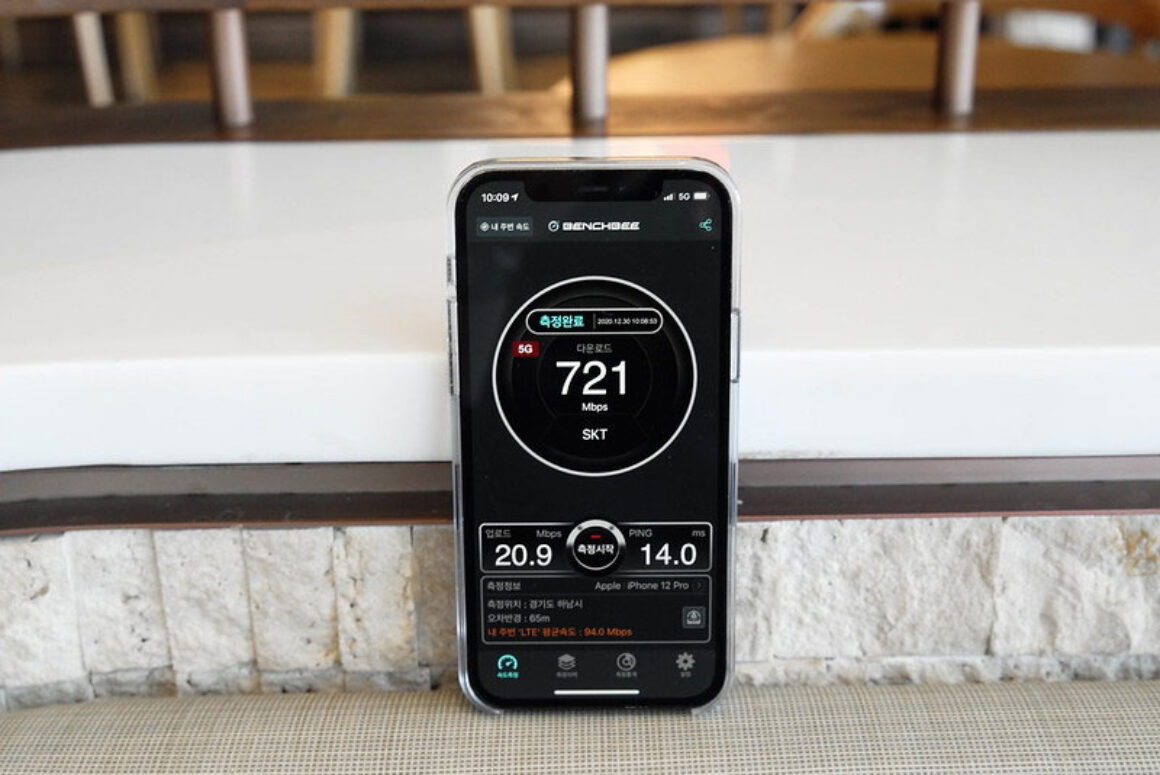![]()
According to the government’s £5b UK Gigabit Broadband Programme, Wales is slated to have near-total coverage of both fibre and high-speed mobile internet by 2025. While initial plans for complete high-speed data coverage have since been scaled back, current plans aim for a minimum level of 85% accessibility. Long overdue, this programme could make great strides in tackling Wales’ currently lacking super-fast internet availability.
The Welsh Situation
As of the beginning of 2021, just 18% of premises in Wales have access to full-speed 1-gigabit fibre. Mobile availability is much better, with what ISPreview.co.uk lists as 58% geographical coverage for 4G. Still, significant work is needed to bump numbers up to more complete 4G or even 5G accessibility. Existing as part of the UK’s future high-speed internet plans, developments along this path would address existing bottlenecks, and prepare Wales for the increasingly digital future.
The Necessity of Fibre and 5G
Fibre and 5G, while useful for some, might be seen as overkill for many uses. For users like us, who focus on more relaxed artistic and culinary uses, older forms of ADSL and 4G systems operate just fine. This is the case for many smaller households too, even if these households dip into some more data-heavy applications.
The most common cases when super-highspeed internet comes into use today are in households with many users. In essence, each user connected to a network draws the data they need, and when the maximum limit is reached slowdown can occur. For a more obvious example of this, consider a household which splits what BBC.com says is the average internet speed, 64 megabits per second.

“SKTelecom 5G” (CC BY-ND 2.0) by TheBetterDay
Three of these users could be streaming ultra-high-definition video to their devices, which costs between 15-25 megabits per second, according to USAToday.com. At this point, even the most standard internet uses for the fourth person would struggle.
A typical example of low data-cost uses could be illustrated by the online casinos as seen at CasinoWings.com. With these casinos contained on webpages, navigating between them, signing up, collecting bonuses, and even playing requires very little data. In some cases, these games could even run fine on 3G mobile connections, two full connection generations behind. When fighting against a network completely bottlenecked by three other users, however, even online casinos could struggle.
Fibre addresses this issue by massively increasingly possible overhead. Three people streaming ultra-HD video wouldn’t fit on a 64 Mbps connection, but on 1 Gbps, up to 40 users could accomplish the same task simultaneously.
The other side of the high-speed upgrade equation is futureproofing. While most applications require nothing close to the high speeds generated by 5G or the fastest fibre yet, the situation could be very different a decade from now. For reference, the largest DVD’s many of us grew up with maxed out at around 8.5 gigabytes in size. The largest modern Blu-Rays can reach up to 100 gigabytes, and such data inflation with media is a constant threat.

“DSC01167” (Public Domain) by Neromar
While 2025 might seem like a long time to wait before ultra-high-speed internet arrives in your area, users curious about the technology can at least be sure they’re likely not missing out. Older options, while not holding a candle to fibre or 5G, should manage most uses fine. Just be sure to keep abreast of changes to local infrastructure, and the few struggles you suffer from current systems could soon be a thing of the past.


